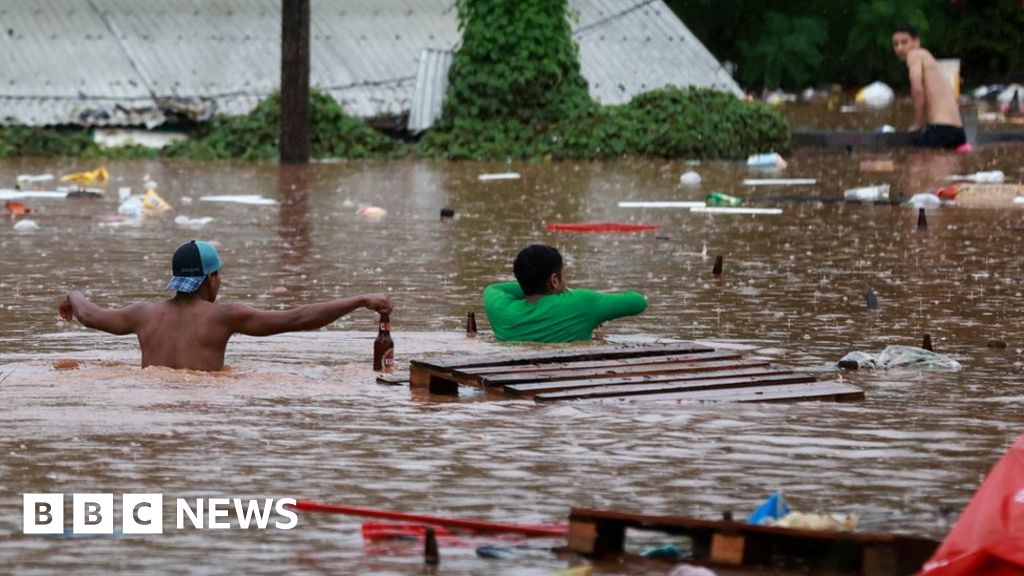Heavy rains have hit the southern Brazilian state of Rio Grande do Sul, the death toll climbs to 39 and with 68 individuals still missing.

Also Read: China Highway Collapse Kills 36 in Guangdong
As of the latest reports the death toll stands at 39, with fears that the number may rise as rescue operations continue. 68 individuals are reported missing.
Over 24,000 people have been forced to flee their homes as the floodwaters engulfed across the state.
More than half of Rio Grande do Sul’s 497 cities have been affected by the deluge. The geographical reach of the disaster shows its unprecedented nature.
The collapse of a hydroelectric dam between Cotiporã and Bento Gonçalves has been a point of the disaster triggering a two-meter wave that exacerbated flooding and caused panic.
Roads, bridges, and infrastructure have been compromised hindering access to affected areas and complicating rescue efforts.
The partial collapse of a dam structure at a hydroelectric power plant shows the infrastructure challenges exacerbated by the flood.
Desperate scenes of people awaiting rescue on rooftops and making barricades to protect essential facilities shows the seriousness of the situation.
Emergency response teams including firefighters and helicopters have been deployed to search for stranded individuals and provide assistance to those in need.
Also Read: Mount Ruang Erupts Again, 12,000 Evacuated
More than 24,000 residents have been forced to flee their homes seeking refuge from the rising waters. The calamity has engulfed over half of Rio Grande do Sul’s 497 cities
.
Streets have been transformed into rivers, bridges destroyed, and essential infrastructure compromised. The city of Porto Alegre, the state capital has seen the Guaiba river breaking its banks.
The collapse of a hydroelectric dam and the partial failure of another have triggering panic. Entire towns, such as Encantado and Feliz, have been submerged under water with residents scrambling to higher ground in a desperate bid for survival.
Electricity, communications, and water services have been disrupted, plunging vast swathes of the state into darkness and isolation.
President Luiz Inacio Lula da Silva has pledged government support for rescue and reconstruction efforts. Helicopters have been deployed to conduct search and rescue operations, though access challenges persist in some of the worst-hit areas.
Local authorities alongside federal agencies are working to provide aid to stranded residents and coordinate evacuation efforts.
The region’s vulnerability to such disasters is by its geographical location, situated at the confluence of tropical and polar air masses. Meteorologists warn of further rainfall as a cold front looms.
The current deluge marks the fourth environmental disaster in a year for Rio Grande do Sul following the floods in 2023. The scale of destruction surpasses that of the historic 1941 deluge.
Also Read: Tanzania Floods: At Least 155 Killed as Heavy Rains Hits East Africa




